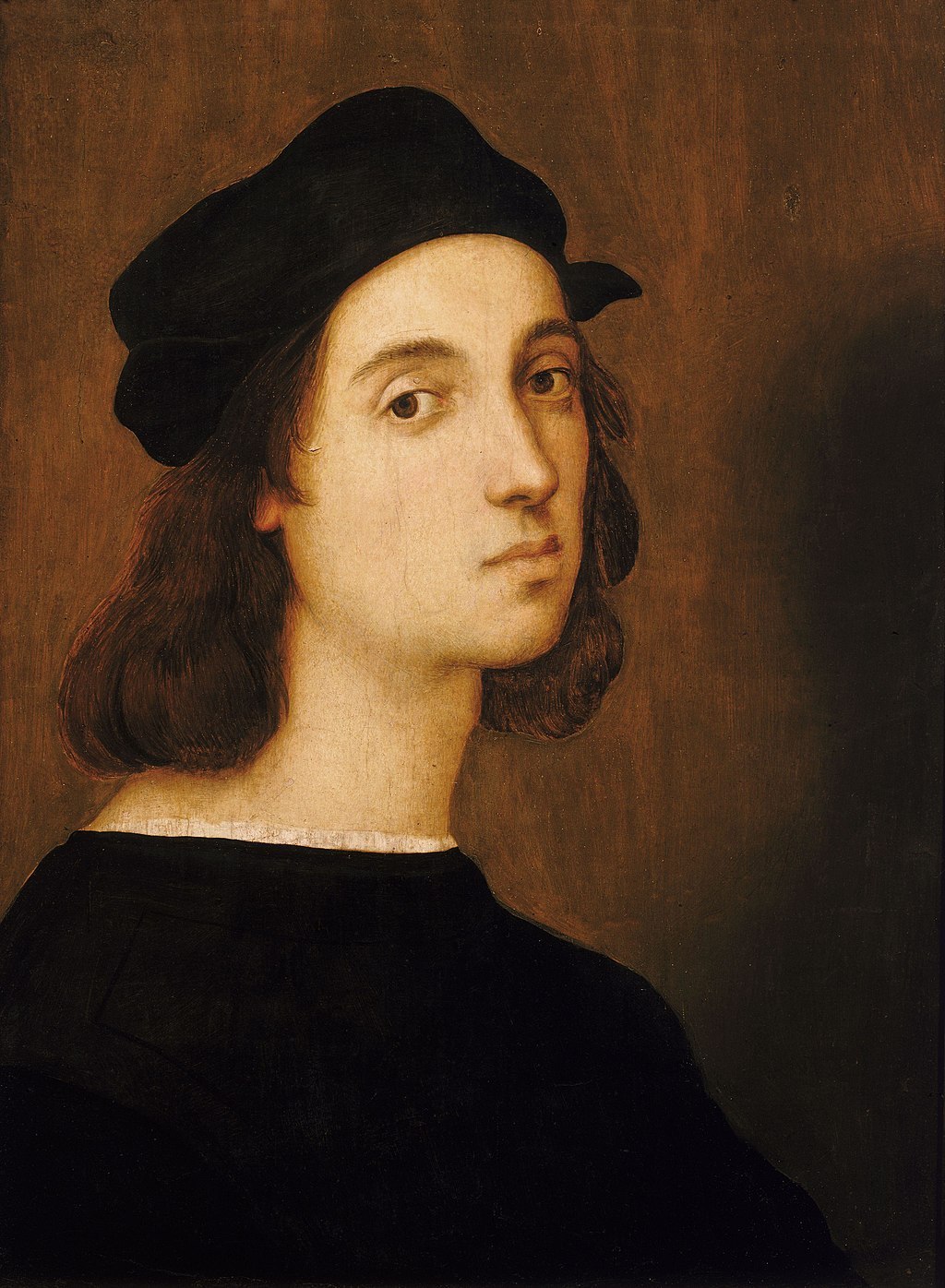[ad_1]
At long last, we may now have a clearer picture of what the Italian Renaissance master Raphael looked like. According to a report by the French newspaper Le Figaro, researchers at the University of Rome have used a plaster cast of the artist’s skull to create a 3D reconstruction of his face.
This new study on the cast of Raphael’s skull, which was made in 1833, has also helped authenticate the artist’s remains, which reside in the Pantheon and have long been the subject of debate. Researches compared their 3D facial reconstruction to self-portraits of the artist, and they also discovered the remains of some of the artist’s students near his burial.
“Until now, we were not certain that the remains found and preserved in the Pantheon were indeed those of Raphael,” Mattia Falconi, a molecular biologist at the University of Rome, told Le Figaro.
“Facial reconstruction is an interdisciplinary technique able to recreate, based exclusively on the morphology of the skull, the face of a person at the time of his death,” Cristina Martinez-Labarga, professor of forensic anthropology, and professor Raoul Carbone, a graphic designer, said.
The research will be published in the scientific journal Nature.
Raphael has been the subject of other headlines this year, which marks the 500th anniversary of his death in 1520. In March, the Scuderie del Quirinale in Rome was forced to close and reschedule its major exhibition on the artist—which features over 200 works—due to the pandemic. That show reopened on June 2 and will now run through August 30.
[ad_2]
Source link

